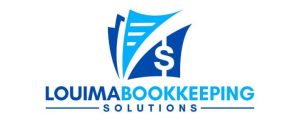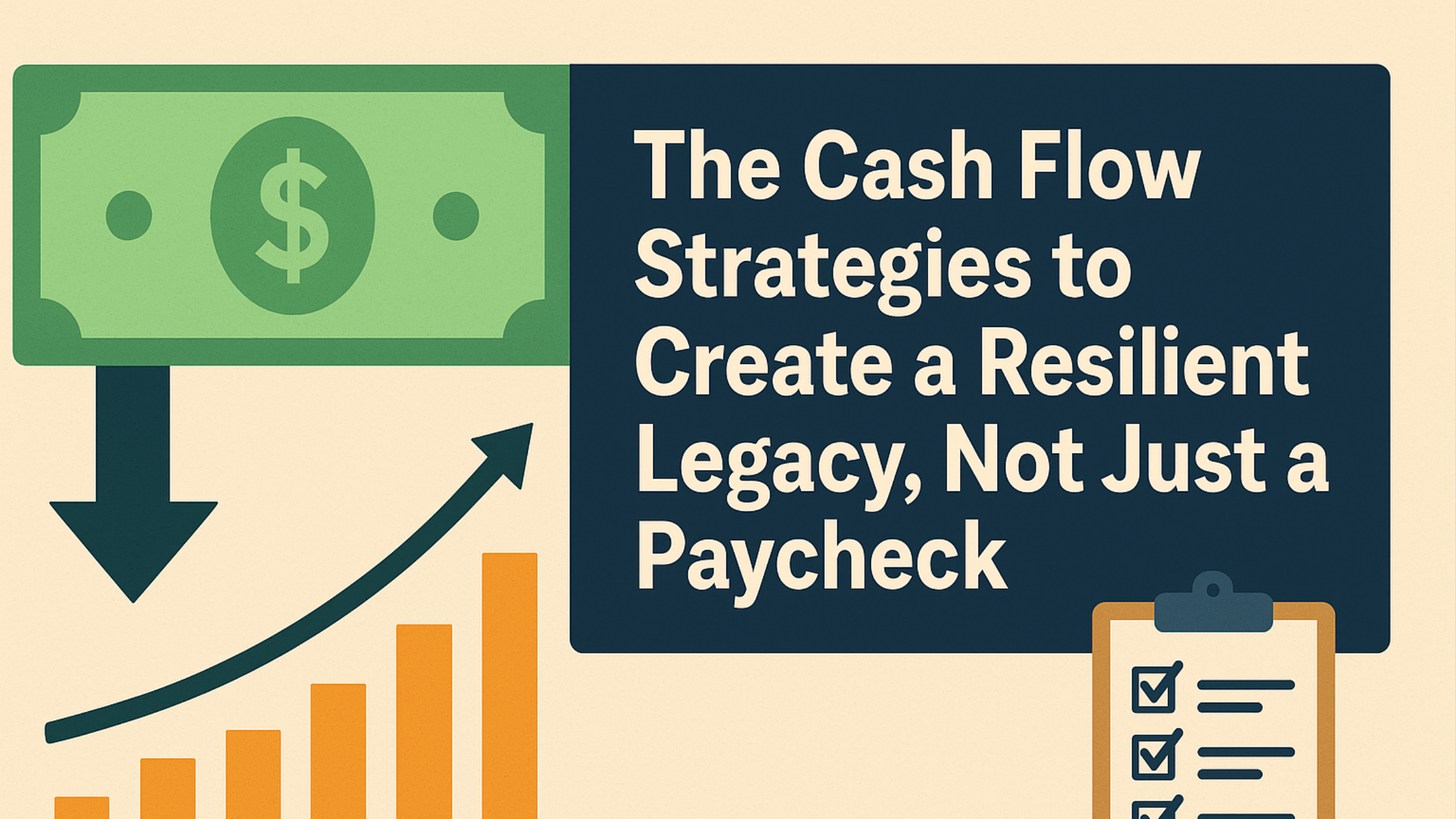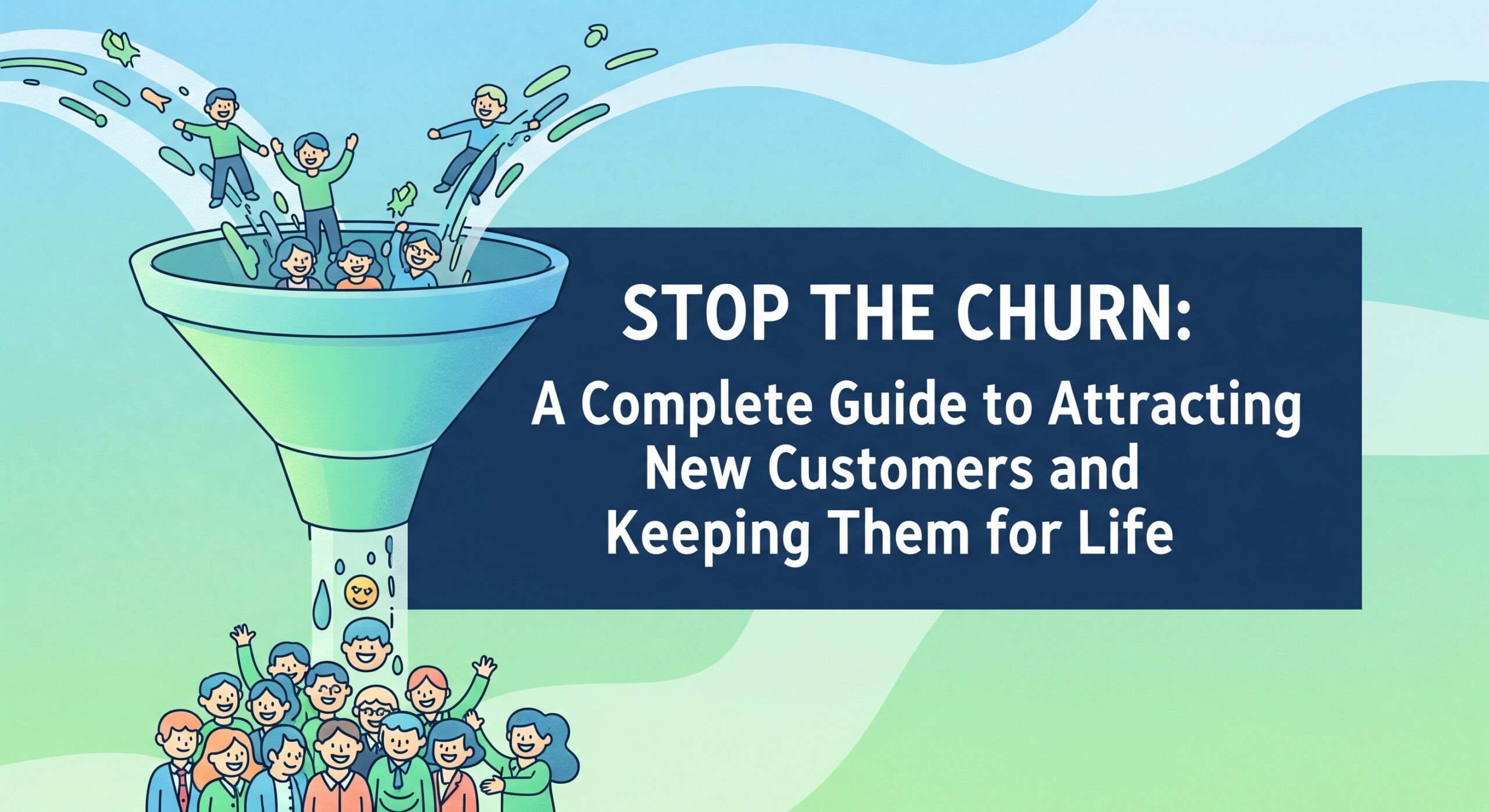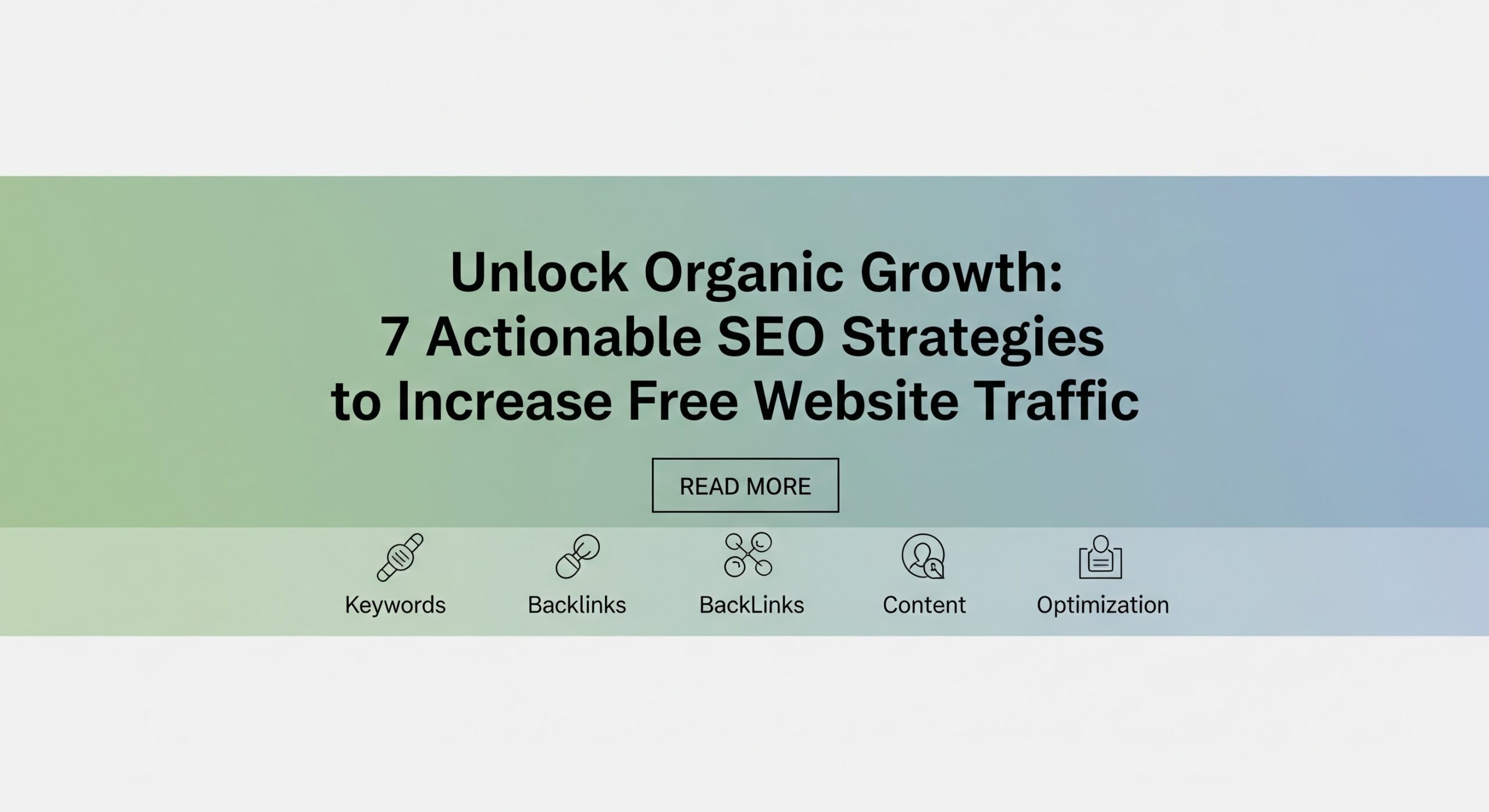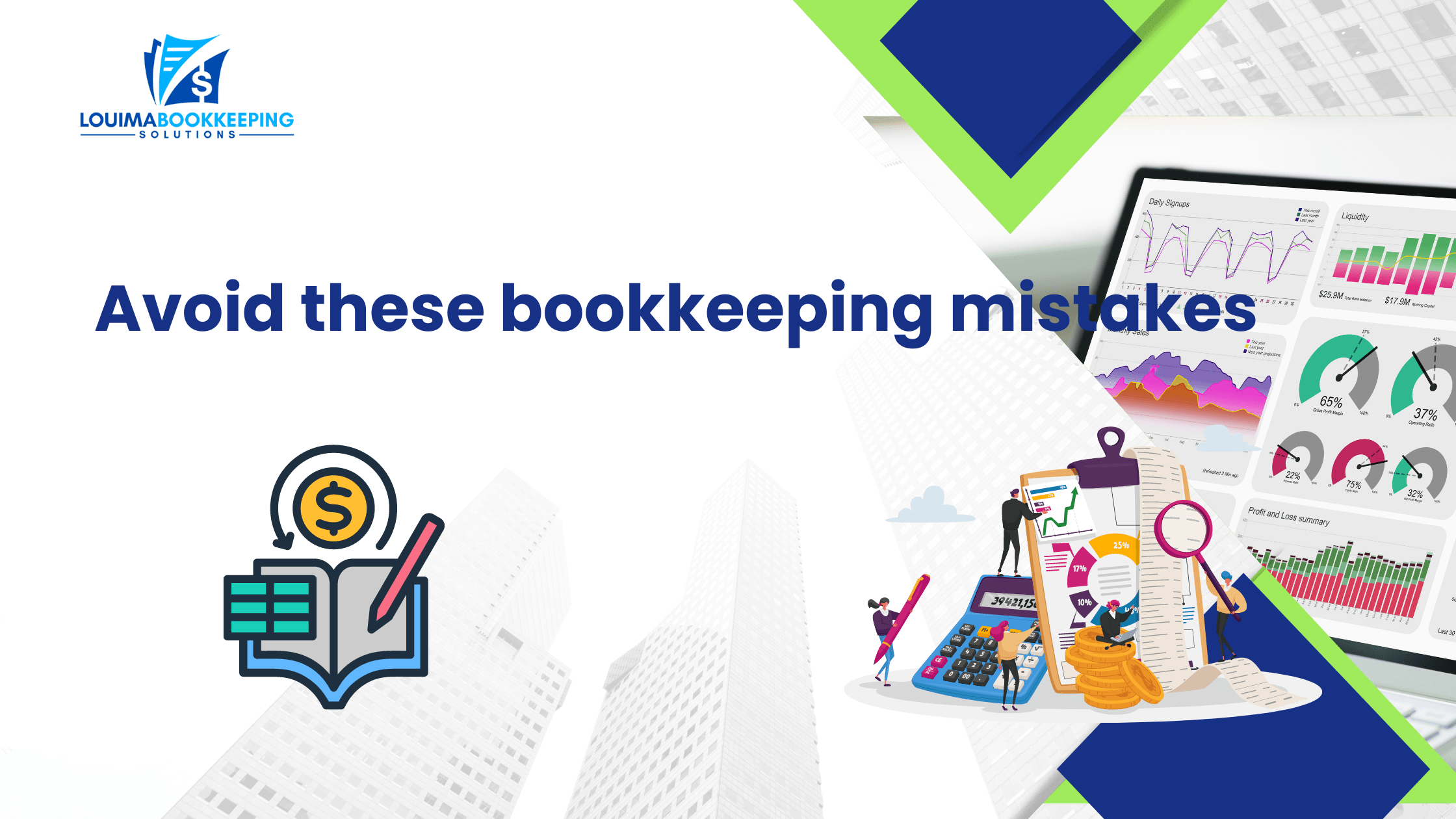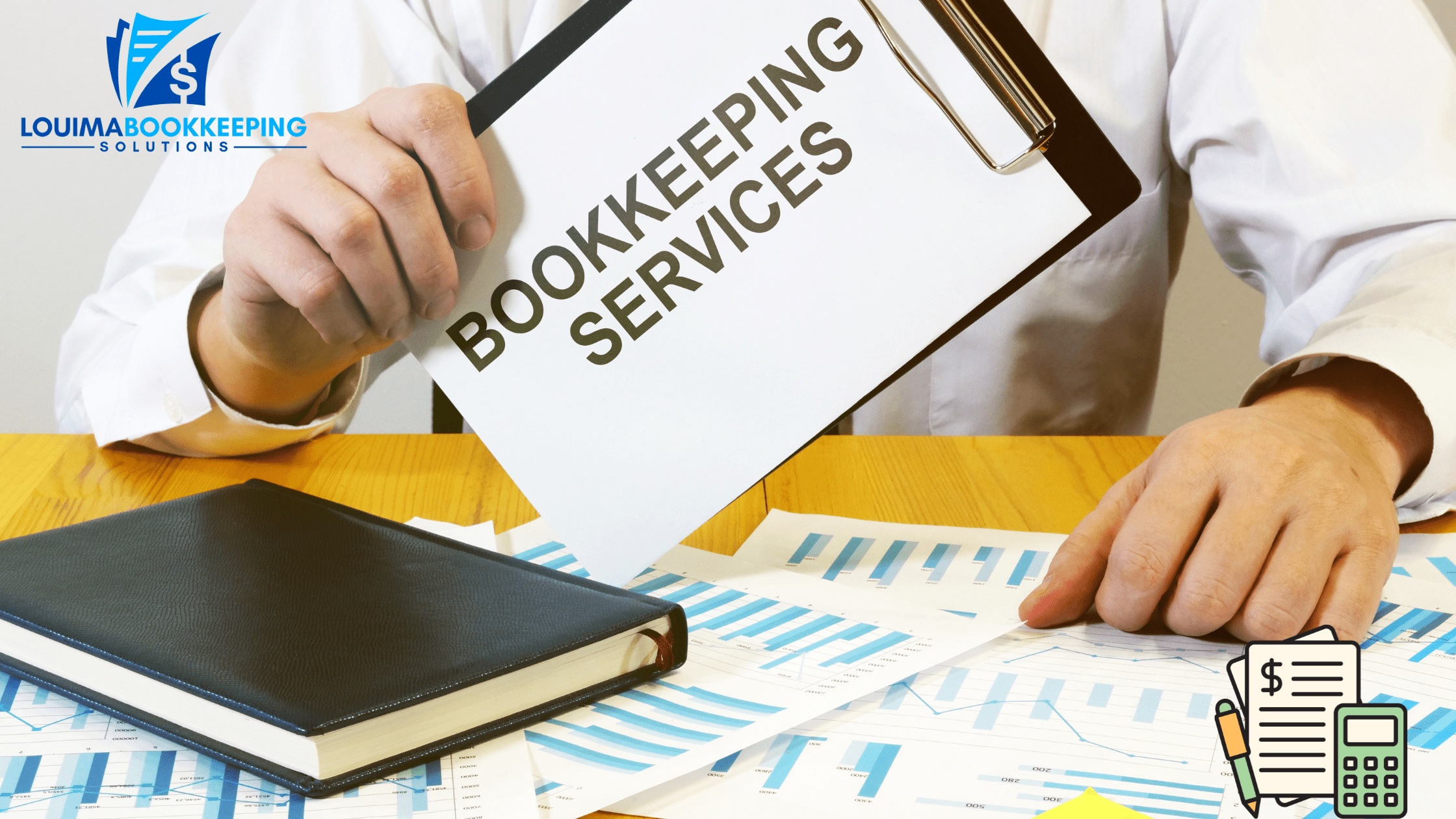Are you building a business that provides a temporary paycheck, or one designed to create a resilient legacy?
Many businesses focus solely on immediate profits, neglecting the financial stability and long-term vision required for endurance. For small business owners, the dream of independence and success is often haunted by a persistent nightmare: inconsistent cash flow. This financial rollercoaster, marked by unpredictable revenue streams and mismatched expense cycles, is more than just a line on a spreadsheet; it’s a primary driver of stress, anxiety, and ultimately, business failure. A staggering 82% of small businesses fail due to poor cash flow management, according to a U.S. Bank study. This isn’t just a statistic; it’s a stark warning. But it doesn’t have to be your story.
This guide will move beyond generic advice to provide actionable, data-backed strategies rooted in the principles of Expertise, Authoritativeness, and Trustworthiness (E-A-T). We’ll delve into the core of the problem, address the emotional toll it takes, and equip you with a strategic toolkit to transform your financial landscape from chaotic to controlled. Our focus is on achieving financial stability, the bedrock upon which you can build predictable operations and confidently invest in your future.
The Emotional Vise of Inconsistent Cash Flow: More Than Just Numbers
Before diving into strategies, it’s crucial to acknowledge the profound emotional impact of financial instability. Small business owners often describe feeling a constant sense of dread, a “pit in their stomach” when thinking about making payroll or paying vendors. This isn’t just “stress”; it’s a cycle of anxiety that can lead to burnout, decision fatigue, and a feeling of being trapped. The language used in online forums and communities for entrepreneurs is telling, with phrases like “drowning in invoices,” “constantly chasing payments,” and “the feast or famine cycle is killing me” painting a vivid picture of the emotional turmoil.
Understanding this emotional context is the first step toward effective problem-solving. The strategies that follow are not just about improving your bank balance; they are about reclaiming your peace of mind and empowering you to lead your business with confidence.
Here are the 10 most visceral fears, frustrations that small business owners feel about inconsistent cash flow
The Dread of “Payroll Friday”: This is a recurring, gut-wrenching fear. It’s the cold sweat that comes from staring at your bank balance on a Thursday, realizing you might not have enough to pay the loyal team that depends on you. This isn’t just a financial transaction; it’s a deep-seated fear of letting people down and failing in your role as a leader.
- The Humiliation of Chasing Payments: The constant need to follow up on unpaid invoices is a significant source of frustration and even shame. It can make you feel less like a respected business owner and more like a bill collector, undermining your confidence and straining client relationships. The internal monologue is often, “Why don’t they value my work enough to pay on time?”
- The Paralysis of “Decision Gridlock”: When cash flow is tight, every financial decision, no matter how small, becomes agonizing. You’re constantly weighing whether to invest in a much-needed piece of equipment, launch a marketing campaign, or simply hold onto every penny for fear of an unexpected expense. This constant state of analysis paralysis stifles growth and innovation.
- The Erosion of Personal Financial Security: For most small business owners, their personal and business finances are deeply intertwined. The fear of your business’s financial instability bleeding into your personal life—threatening your mortgage, your family’s well-being, or your retirement savings—is a constant, gnawing anxiety.
- The Crushing Weight of Isolation: Financial struggles can be incredibly isolating. Many small business owners feel they can’t be honest with their employees, family, or even their peers about the depth of their financial worries for fear of causing panic or being judged as a failure. This creates a silent but heavy burden.
The Strategic Blueprint for Financial Stability: A Data-Driven Approach
To effectively combat inconsistent cash flow, we need to move from a reactive to a proactive stance. This involves a multi-faceted approach that addresses how you manage money coming in, money going out, and your overall financial foresight. The best piece of advice to achieve this is to hire a talented and reliable bookkeeper. I understand not all small businesses are in position to afford an extra person but not all hope is lost.
1. Master Your Inflows: Get Paid Faster and More Predictably
Late and unpredictable payments are a primary culprit behind cash flow gaps. The user intent behind searches like “how to get paid faster” reveals a desperate need for immediate, actionable solutions. Here’s how to take control:
Actionable Strategies:
- Invoice Like a Pro: Your invoices are a direct call to action. Ensure they are clear, concise, and professional. Include:
- Due Date Prominently Displayed: Use terms like “Due Upon Receipt” or “Net 15” instead of the ambiguous “Net 30.”
- Multiple Payment Options: Offer online payment gateways (Stripe, PayPal), ACH transfers, and credit card processing. Data shows that businesses offering multiple payment options get paid faster.
- Itemized Services/Products: Clearly outline what the client is paying for to avoid confusion and disputes.
- Late Fee Clause: Clearly state your policy on late payments. A simple “A late fee of 1.5% per month will be applied to all overdue invoices” can be a powerful motivator.
- Incentivize Early Payments: Offer a small discount (e.g., 2% off for payment within 10 days). A study by Fundbox found that offering early payment discounts can significantly reduce the average time it takes to get paid.
- Automate Your Follow-up: Don’t let overdue invoices slip through the cracks. Use accounting software like QuickBooks, Xero, or FreshBooks to set up automated payment reminders. A series of polite but firm emails can work wonders.
- Require Deposits or Upfront Payments: For larger projects or new clients, it’s standard practice to require a deposit (typically 25-50%) before work begins. This secures your time and provides an immediate cash injection.
- Consider Retainers or Subscriptions: For service-based businesses, transitioning from project-based work to a retainer or subscription model can create a predictable, recurring revenue stream. This aligns with the growing user intent for “predictable revenue for small business.”
2. Optimize Your Outflows: Strategic Expense Management
Controlling your expenses is just as critical as accelerating your income. This isn’t about penny-pinching; it’s about smart, strategic spending.
Actionable Strategies:
- Negotiate with Vendors: Don’t be afraid to ask your suppliers for better terms. You might be able to extend your payment window from 30 to 45 or 60 days, giving you more breathing room. Building strong relationships with your vendors can make these conversations easier.
- Conduct Regular Expense Audits: Once a quarter, review all your recurring expenses. Are there subscriptions you no longer use? Can you find a more cost-effective supplier for certain materials? Tools like Expensify can help you track and categorize your spending for easier analysis.
- Lease, Don’t Buy (When it Makes Sense): For expensive equipment that may quickly become outdated, leasing can be a more cash-flow-friendly option than a large upfront purchase.
3. Embrace Financial Foresight: Budgeting and Forecasting
The most powerful weapon against cash flow uncertainty is the ability to see into the future. This is where budgeting and forecasting come into play. most accounting software has a built in cash flow management. Just in case your need a simple tool to track your cash flow. you can download this template here.
Actionable Strategies:
- Create a Detailed Cash Flow Forecast: This is a forward-looking document that projects your cash inflows and outflows over a specific period (typically 12 months). This is not your profit and loss statement. A cash flow forecast tracks the actual movement of cash in and out of your bank account.
- Start with a template: Numerous free templates are available online, or you can use the forecasting features in your accounting software.
- Be realistic: Use historical data and a conservative estimate of future sales
- Update it regularly: A cash flow forecast is a living document. Review and update it at least monthly.
- Implement a “Profit First” System: Popularized by author Mike Michalowicz, this system flips the traditional accounting formula (Sales – Expenses = Profit) to Sales – Profit = Expenses. By allocating a percentage of every deposit to a separate “profit” bank account first, you force yourself to run your business on the remaining funds. This simple but powerful shift in mindset can dramatically improve financial discipline.
- Build a Cash Reserve: Aim to have at least three to six months of operating expenses saved in an easily accessible business savings account. This emergency fund will be your lifeline during slow periods or unexpected crises.
4. Track Your Financial Health: Key Metrics to Monitor
To truly understand your financial situation, you need to track key performance indicators (KPIs). These metrics provide a clear, data-driven picture of your business’s health. I create this simple spread sheet to track these metric. download a copy here.
Essential Metrics:
- Days Sales Outstanding (DSO): This measures the average number of days it takes for your customers to pay you after a sale. A lower DSO is better.
- Formula: (Accounts Receivable / Total Credit Sales) x Number of Days in Period)
- Days Payable Outstanding (DPO): This measures the average number of days it takes for you to pay your suppliers. A higher DPO can be advantageous, but be careful not to damage vendor relationships.
- Formula: (Accounts Payable / Cost of Goods Sold) x Number of Days in Period)
- Cash Conversion Cycle (CCC): This metric tells you how long it takes to convert your investments in inventory and other resources into cash from sales. A shorter CCC is ideal.
- Formula: Days of Inventory Outstanding + Days Sales Outstanding – Days Payable Outstanding
- Operating Cash Flow Margin: This ratio indicates how much cash your business generates from its core operations for every dollar of sales.
- Formula: (Operating Cash Flow / Revenue) x 100
Hopes & Aspirations: The Dream of Financial Stability
- The Exhilaration of “Effortless” Growth: The ultimate hope is to be able to make strategic investments without the agonizing “can we afford this?” debate. It’s the dream of seeing a growth opportunity, a new marketing channel, a key hire, or expanding the product line and having the immediate financial confidence to say, “Yes, let’s do it.” This represents the freedom to be a visionary, not just a survivor.
- The Deep Satisfaction of “Predictable Prosperity”: This is the dream of looking at a 12-month cash flow forecast and feeling a sense of calm and certainty. It’s knowing that you have a financial cushion, that seasonal dips are planned for, and that you can confidently predict your business’s financial health. This predictability is the foundation for true peace of mind.
- The Liberation of “Creative Headspace”: When you’re not constantly consumed by financial worries, you free up immense mental and emotional energy. The hope is to be able to redirect that energy back into what you love innovating, creating, and serving your customers. It’s the transition from being a stressed-out bookkeeper to being an inspired leader.
- The Pride of Building a Resilient Legacy: There’s a deep-seated desire to build something that lasts, something that can withstand economic downturns and unexpected challenges. Achieving financial stability means you’ve built a resilient business that can provide for your family and your employees for years to come. It’s the pride of knowing you’ve created a stable pillar in your community.
- The Unburdening of “True Freedom”: Ultimately, the greatest hope is for the freedom that entrepreneurship originally promised. This isn’t just about being your own boss; it’s about having the financial freedom to take a real vacation without constantly checking your bank account, to be fully present with your loved ones without the dark cloud of financial worry, and to finally enjoy the fruits of your immense labor and risk.
Conclusion
Inconsistent cash flow is a formidable challenge, but it is not an insurmountable one. By adopting a proactive, data-driven approach, you can move from a state of financial anxiety to one of control and confidence. Remember, the goal is not just to survive the “famine” periods but to create a system where the “feast” is a predictable and sustainable reality.
Start small. Choose one or two of these strategies to implement this week. Track your progress. And most importantly, remember that you are not alone in this struggle. By seeking knowledge, leveraging the right tools, and taking decisive action, you can build a business that is not only profitable but also provides the financial stability and peace of mind you deserve.
